No mercy: Amazing new video shows cars and planes washed away by Japan tsunami Scroll down to the bottom for video.
One Big Obstacle To Japan's Recovery? Trash From NPR. Excerpts:
Last month's earthquake and tsunami have left Japan with a massive trash problem. In many parts of the country's affected coastline, there's literally nothing left but mud and debris.
On the outskirts of the seaside city of Kesennuma, what was once a baseball field and park has been turned into at least two football fields' worth of garbage, piled 15 feet high. Bulldozers are going through it all. There are aluminum siding, school desks, bits of carpet. The stench can be detected from blocks away — it smells a little bit like rotting fish.
This is but a tiny fraction of Japan's tsunami-related debris. The disasters made junkyards of entire cities and created the equivalent of 16 years' worth of waste.
There is, of course, a need to rebuild critical infrastructure in the nation. But Kazuyuki Akaishi — an expert at the Japan Research Institute consultancy — says trash is the next big obstacle to recovery.
It isn't just the volume, which he estimates will total 100 million tons. The debris is heavy with seawater. It also contains an unknown amount of asbestos and radioactive waste — materials that could be dangerous, complicated and, therefore, more costly to clean up.
Japanese drop their politeness over nuclear crisis From The Boston Herald. Excerpts:
TOKYO — Kenji Kadota long followed the dual credo drilled into him during childhood: Hide your anger and trust the powers that be.
Yet in the wake of March’s triple whammy of earthquake, tsunami and radiation release, the 55-year-old construction chief has thrown all such cultural lessons out the window.
Kadota faults the firm that runs the crippled Fukushima Daiichi power plant for its mishandling of the nuclear crisis that has followed the March 11 natural disasters. He believes dithering public officials have compounded the public’s anxiety by withholding information about the true dangers facing people who live near the plant.
So for the first time in his life, Kadota is speaking up. He’s joined a growing chorus of college students, ruddy-faced fishermen, small-town mayors and even a combative prefecture governor voicing dissatisfaction in a manner highly uncommon in a nation known for taking politeness to the extreme.
Japan prime minister's nuclear adviser resigns Yahoo News. Excerpts:
A senior nuclear adviser to Japanese Prime Minister Naoto Kan submitted his resignation on Friday, saying the government had ignored his advice and failed to follow the law.
Toshiso Kosako, a Tokyo University professor who was named last month as an advisor to Kan, said the government had only taken ad hoc measures to contain the crisis at the crippled Fukushima nuclear power plant.
In a tearful press conference, he said the government and its commissions had taken "flexible approaches" to existing laws and regulations, and ignored his advice after he was named an advisor on March 16.
"I cannot help but to think (the prime minister's office and other agencies) are only taking stopgap measures... and delaying the end" of the nuclear crisis, he told reporters.
Kan says state shares blame for N-crisis The Daily Yomiuri Online. Excerpts:
Prime Minister Naoto Kan said Friday the state shares the blame for the nuclear crisis triggered by accidents at Tokyo Electric Power Co.'s Fukushima No. 1 nuclear power plant.
"Needless to say, TEPCO is primarily responsible, but the state can't escape blame because it promoted the use of nuclear power," Kan said during a House of Representatives Budget Committee session.
The prime minister also said the government was responsible for compensating local people and farming and fishing businesses for the massive amount of damage caused by the nuclear crisis, which was triggered by last month's earthquake and tsunami.
"The state will deal with it [nuclear crisis] with determination to the very end," he said.
"The Very End" will be a Very Large number, so pardon my disbelief.
TEPCO Data Shows Ongoing Criticalities Inside Leaking Fukushima Daiichi Unit 2 GLC Research. Excerpts:
Data released on April 28, 2011 by TEPCO is now unequivocal in showing ongoing criticalities at Unit 2, with a peak on April 13. TEPCO graphs of radioactivity-versus-time in water under each of the six reactors show an ongoing nuclear chain reaction creating high levels of "fresh" I-131 in Unit 2, the same reactor pressure vessel (RPV) with a leak path to reactor floor, aux building, and outdoor trenches, that is uncontrollably leaking high levels of I-131, Cs-134, Cs-137 into the Pacific Ocean.
Have a great day!
One Big Obstacle To Japan's Recovery? Trash From NPR. Excerpts:
Last month's earthquake and tsunami have left Japan with a massive trash problem. In many parts of the country's affected coastline, there's literally nothing left but mud and debris.
On the outskirts of the seaside city of Kesennuma, what was once a baseball field and park has been turned into at least two football fields' worth of garbage, piled 15 feet high. Bulldozers are going through it all. There are aluminum siding, school desks, bits of carpet. The stench can be detected from blocks away — it smells a little bit like rotting fish.
This is but a tiny fraction of Japan's tsunami-related debris. The disasters made junkyards of entire cities and created the equivalent of 16 years' worth of waste.
There is, of course, a need to rebuild critical infrastructure in the nation. But Kazuyuki Akaishi — an expert at the Japan Research Institute consultancy — says trash is the next big obstacle to recovery.
It isn't just the volume, which he estimates will total 100 million tons. The debris is heavy with seawater. It also contains an unknown amount of asbestos and radioactive waste — materials that could be dangerous, complicated and, therefore, more costly to clean up.
Japanese drop their politeness over nuclear crisis From The Boston Herald. Excerpts:
TOKYO — Kenji Kadota long followed the dual credo drilled into him during childhood: Hide your anger and trust the powers that be.
Yet in the wake of March’s triple whammy of earthquake, tsunami and radiation release, the 55-year-old construction chief has thrown all such cultural lessons out the window.
Kadota faults the firm that runs the crippled Fukushima Daiichi power plant for its mishandling of the nuclear crisis that has followed the March 11 natural disasters. He believes dithering public officials have compounded the public’s anxiety by withholding information about the true dangers facing people who live near the plant.
So for the first time in his life, Kadota is speaking up. He’s joined a growing chorus of college students, ruddy-faced fishermen, small-town mayors and even a combative prefecture governor voicing dissatisfaction in a manner highly uncommon in a nation known for taking politeness to the extreme.
Japan prime minister's nuclear adviser resigns Yahoo News. Excerpts:
A senior nuclear adviser to Japanese Prime Minister Naoto Kan submitted his resignation on Friday, saying the government had ignored his advice and failed to follow the law.
Toshiso Kosako, a Tokyo University professor who was named last month as an advisor to Kan, said the government had only taken ad hoc measures to contain the crisis at the crippled Fukushima nuclear power plant.
In a tearful press conference, he said the government and its commissions had taken "flexible approaches" to existing laws and regulations, and ignored his advice after he was named an advisor on March 16.
"I cannot help but to think (the prime minister's office and other agencies) are only taking stopgap measures... and delaying the end" of the nuclear crisis, he told reporters.
Kan says state shares blame for N-crisis The Daily Yomiuri Online. Excerpts:
Prime Minister Naoto Kan said Friday the state shares the blame for the nuclear crisis triggered by accidents at Tokyo Electric Power Co.'s Fukushima No. 1 nuclear power plant.
"Needless to say, TEPCO is primarily responsible, but the state can't escape blame because it promoted the use of nuclear power," Kan said during a House of Representatives Budget Committee session.
The prime minister also said the government was responsible for compensating local people and farming and fishing businesses for the massive amount of damage caused by the nuclear crisis, which was triggered by last month's earthquake and tsunami.
"The state will deal with it [nuclear crisis] with determination to the very end," he said.
"The Very End" will be a Very Large number, so pardon my disbelief.
TEPCO Data Shows Ongoing Criticalities Inside Leaking Fukushima Daiichi Unit 2 GLC Research. Excerpts:
Data released on April 28, 2011 by TEPCO is now unequivocal in showing ongoing criticalities at Unit 2, with a peak on April 13. TEPCO graphs of radioactivity-versus-time in water under each of the six reactors show an ongoing nuclear chain reaction creating high levels of "fresh" I-131 in Unit 2, the same reactor pressure vessel (RPV) with a leak path to reactor floor, aux building, and outdoor trenches, that is uncontrollably leaking high levels of I-131, Cs-134, Cs-137 into the Pacific Ocean.
Have a great day!










































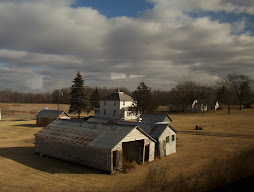




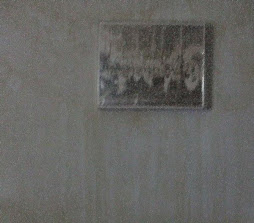






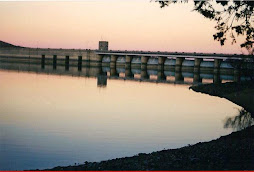







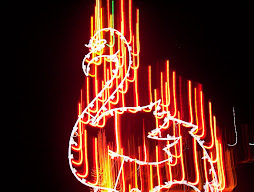







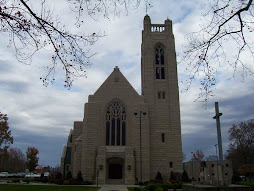









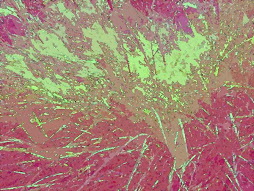
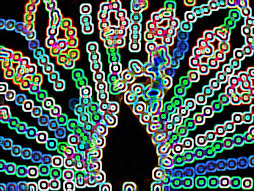









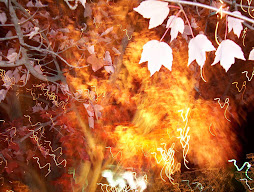













No comments:
Post a Comment